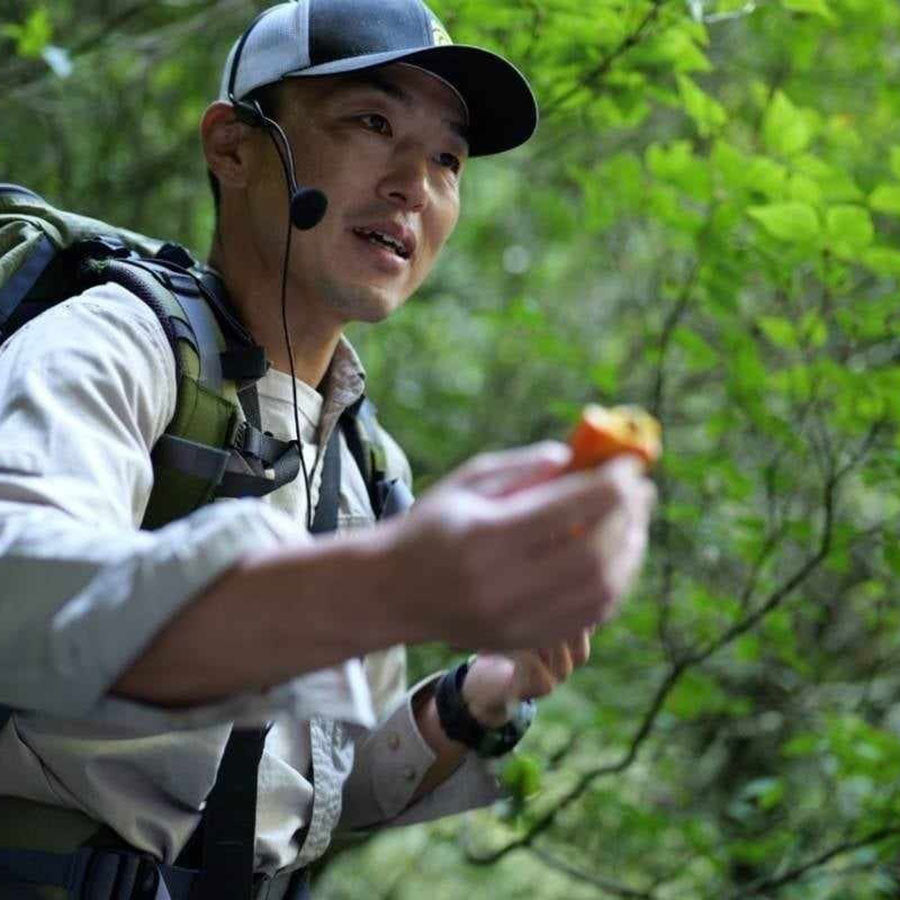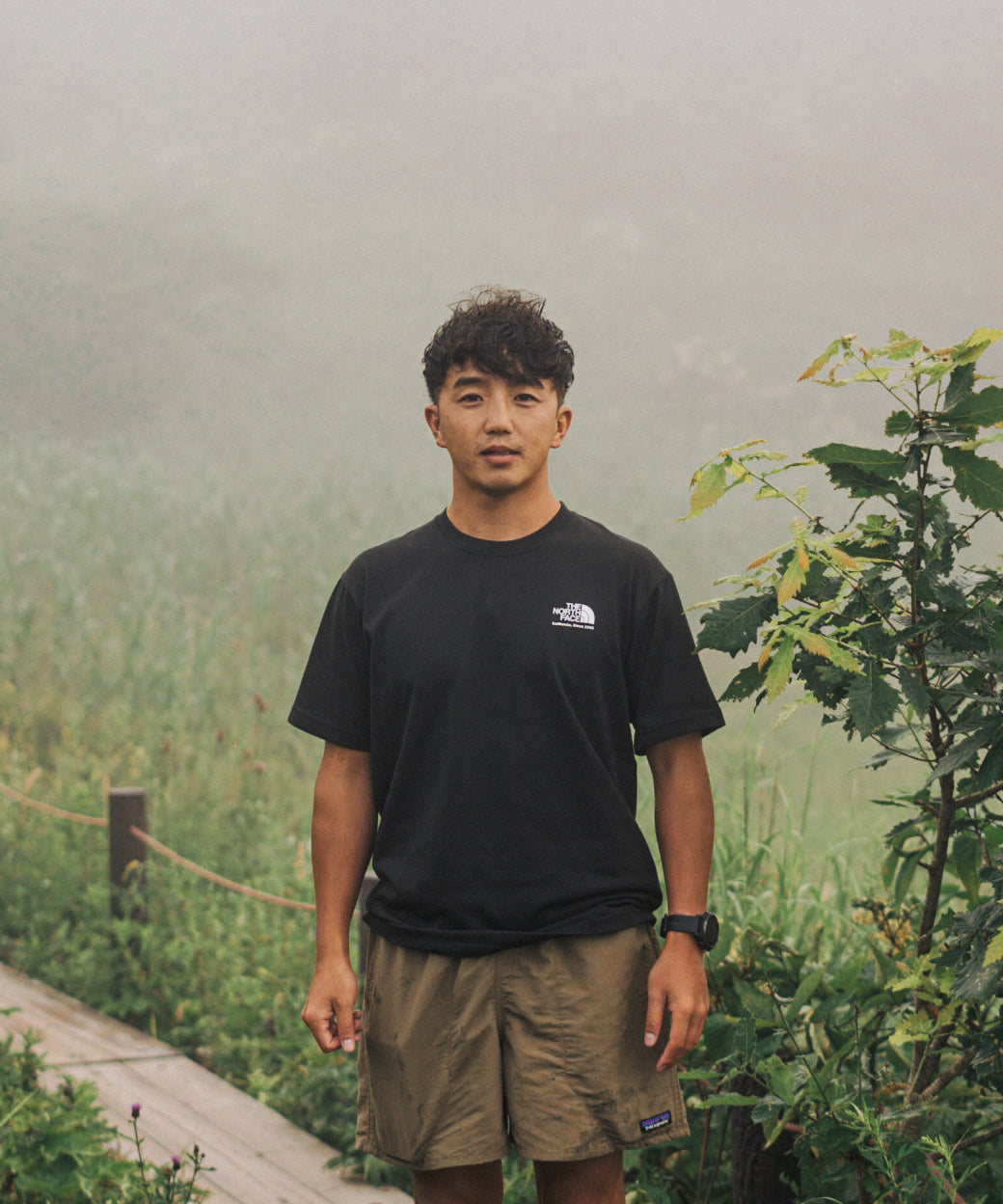Q: Please tell us about your agricultural experience on the Tokyo side.
The agricultural experience location is located a 15-minute walk from JR Musashi-Itsukaichi Station. This location is across the street from Akigawabashi River Park Barbecue Land, and the parking lot is located at Barbecue Land, so it is easy to access. Tokyo Yamaside DMC aims to solve regional issues. We are working to solve the problem of abandoned farmland by using the rice fields and fields here as a place for learning.
In the rice fields, you will experience a series of tasks, starting from sowing seeds and raising the soil, to rice planting, harvesting, threshing, and hulling. By participating in tasks such as maintaining the rice fields, painting the ridges, and weeding, you can experience the meaning of rice cultivation.
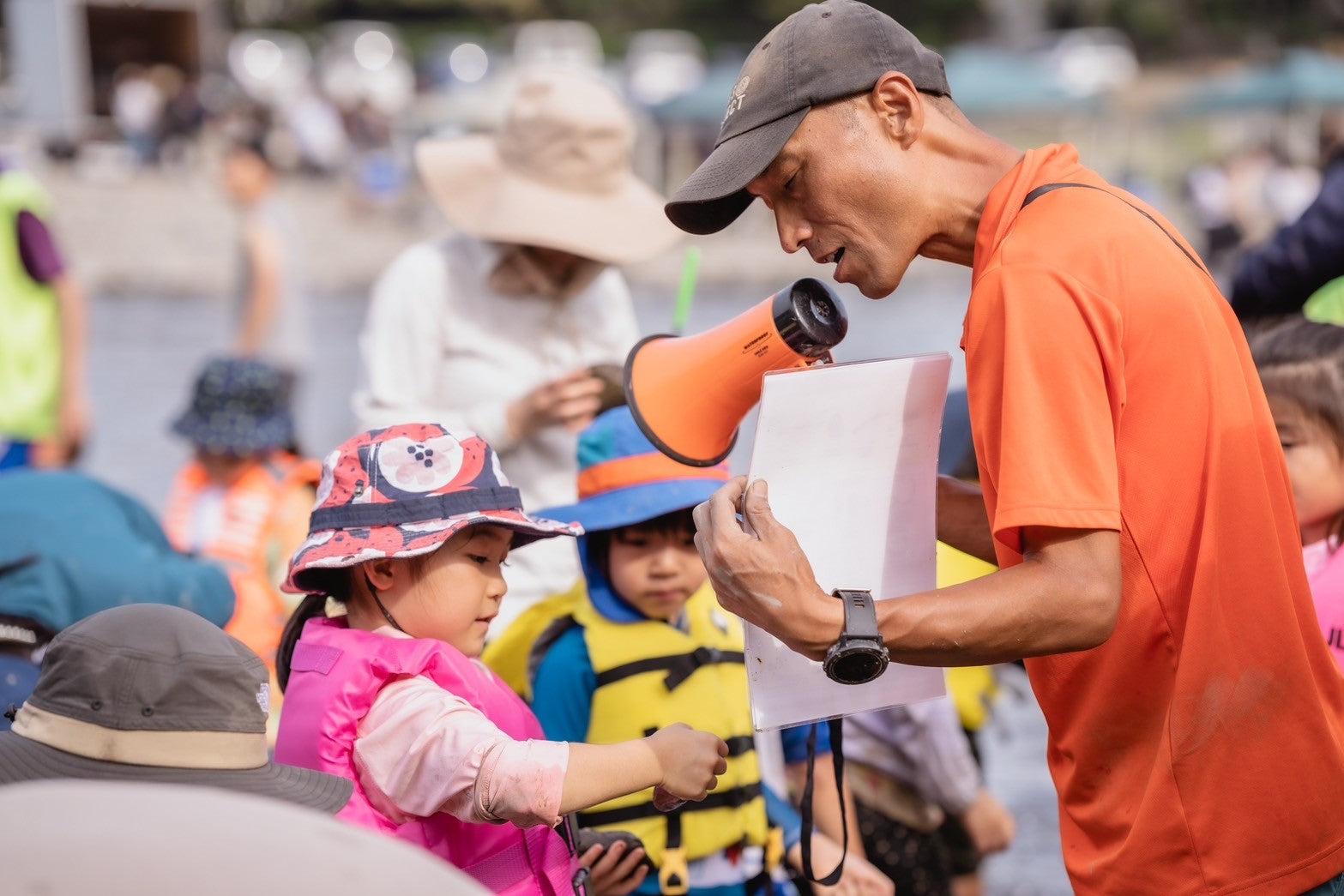
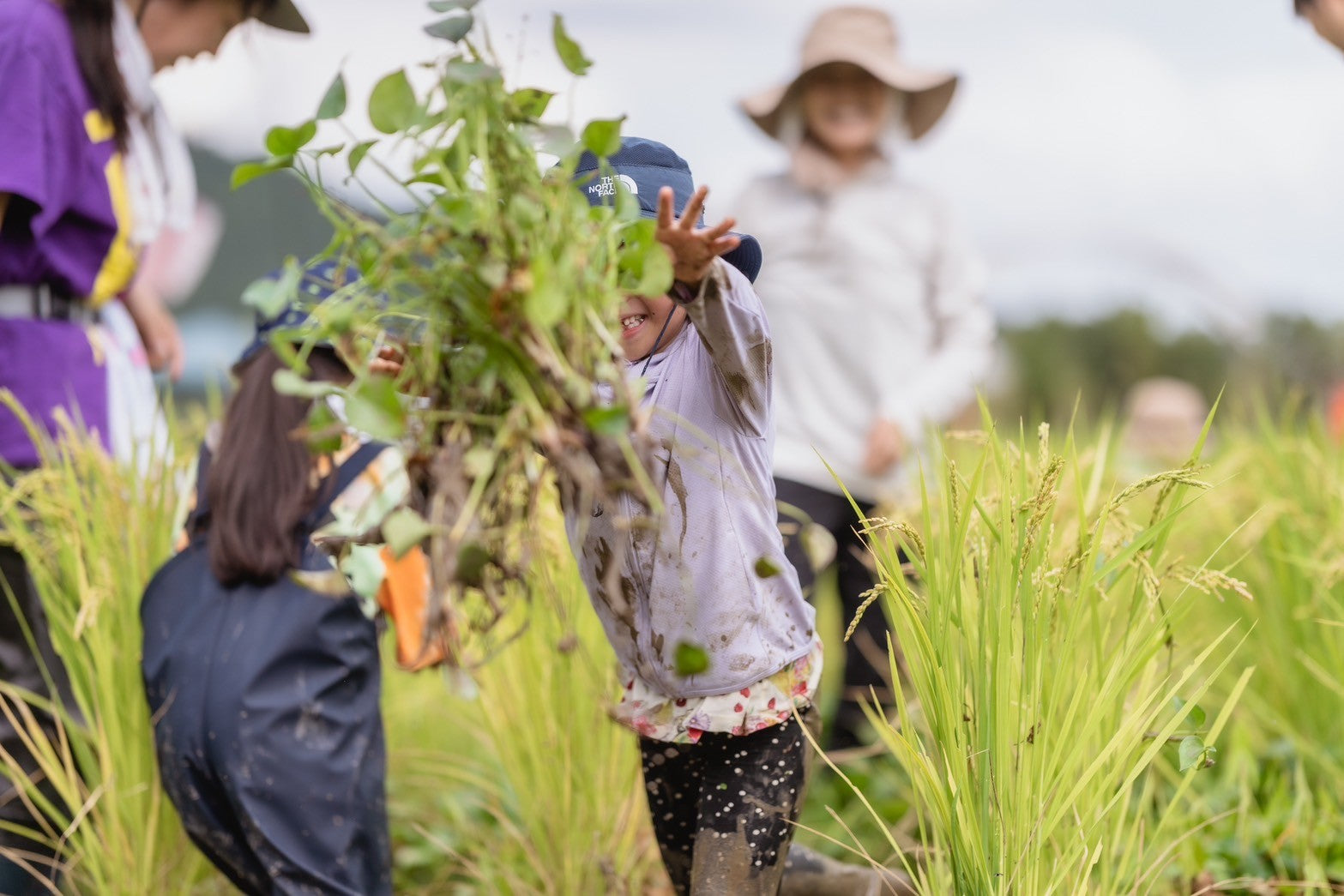
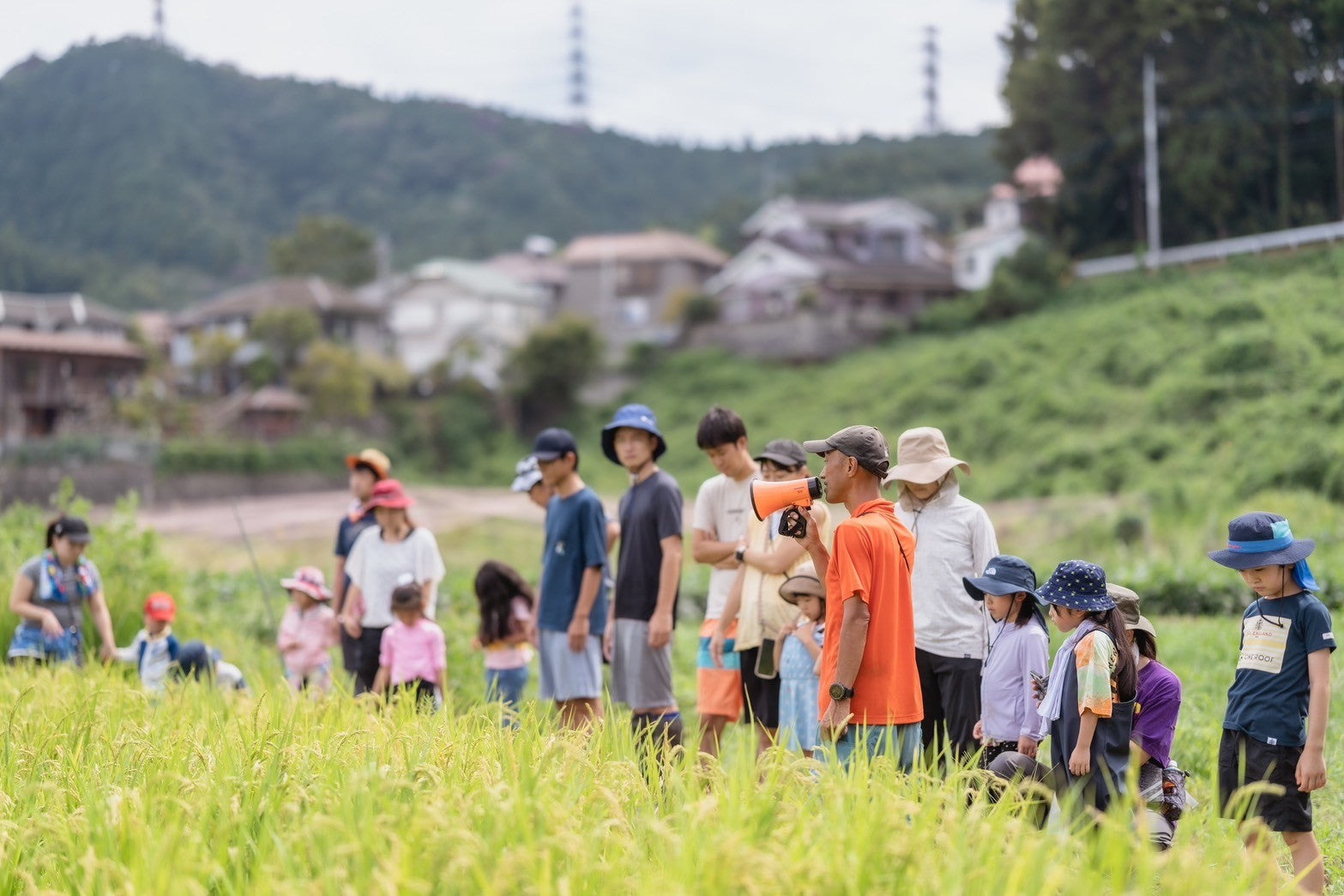


 当山派修験道を修了(真言宗・醍醐寺三宝院、惠印三昧耶・傳燈印信)
SNS
当山派修験道を修了(真言宗・醍醐寺三宝院、惠印三昧耶・傳燈印信)
SNS


